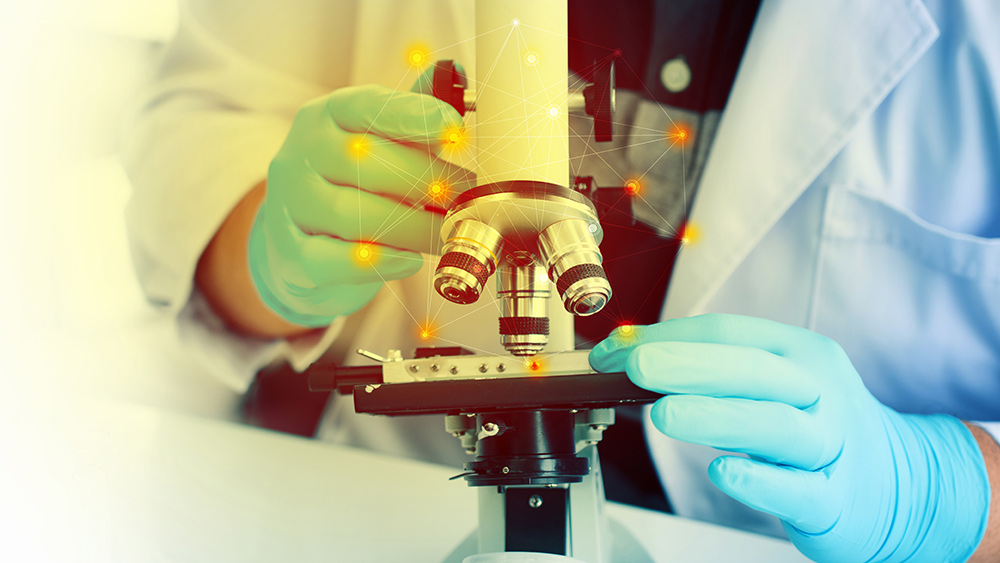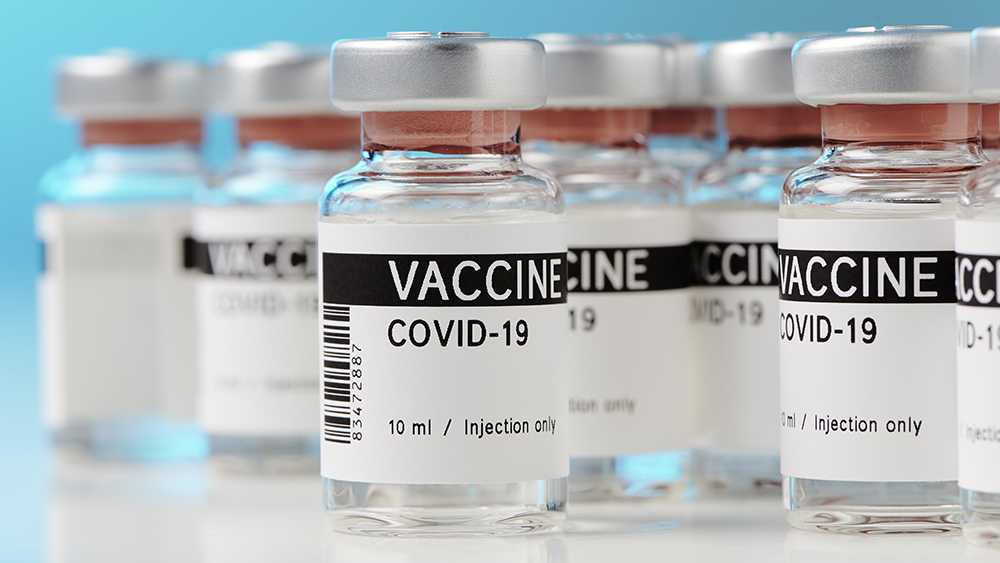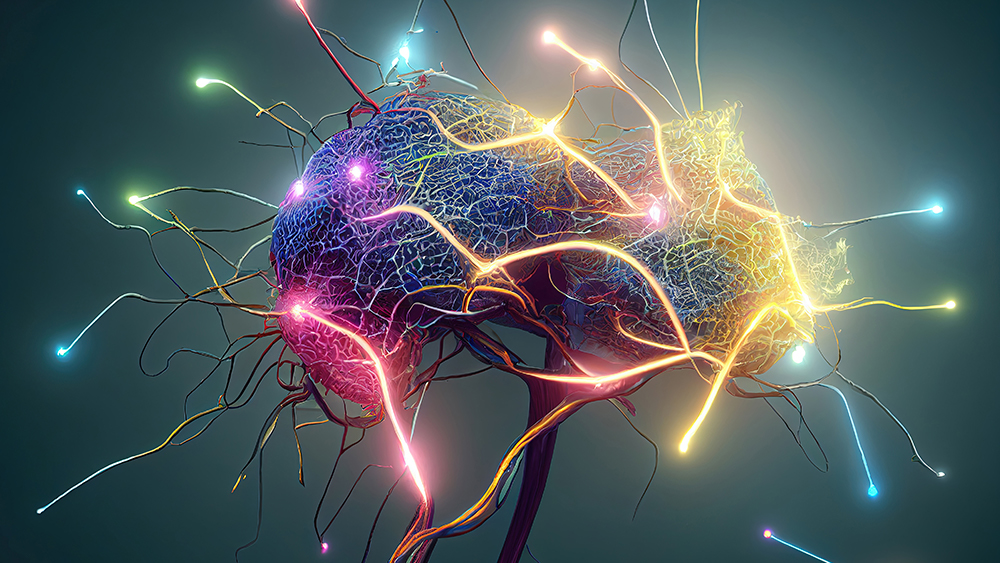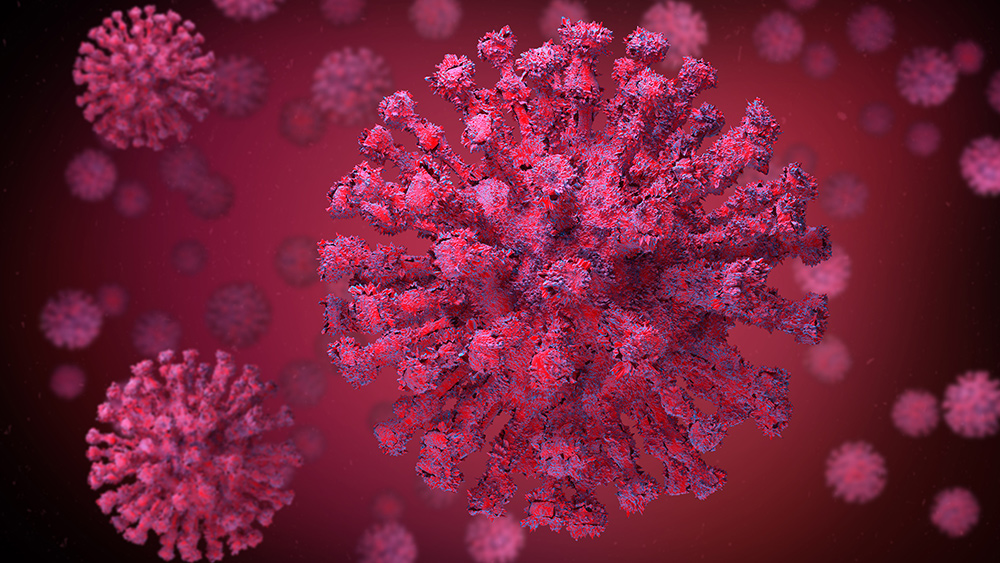Study finds MICROPLASTICS in almost 90% of protein sources, including plant-based ones
01/17/2024 / By Olivia Cook

A study has found that microplastics, which are linked to negative health consequences, are present in almost 90 percent of protein sources such as meat and even plant-based alternatives.
A group of researchers from the U.S. and Canada disclosed this alarming finding in a paper published Jan. 8 in Environmental Pollution. According to the study authors from the University of Toronto (UToronto) in Canada and the Washington, D.C.-based nonprofit Ocean Conservancy, American adults could be consuming up to an estimated 3.8 million microplastics annually from protein sources.
The researchers examined 16 commonly-consumed protein products in the U.S. for microplastic contamination. They classified each product depending on brand, levels of processing and type of store where the product was purchased. Here are some of the items purchased for the study:
- Beef
- Chicken
- Plant-based meat products
- Pork
- Seafood
- Tofu
The study authors found that 88 percent of the protein samples tested contain plastic particles. Six different types of microplastics were observed – fibers, fiber bundles, films, foams, fragments and rubber. Across all samples, plastic fibers made up 44 percent of the microplastics found.
Moreover, the processing methods protein sources undergo affect the concentrations of microplastics in them. Highly-processed protein sources have higher amounts of microplastics compared to those that undergo little to no processing. In one example, highly processed chicken nuggets contained significantly higher microplastic concentrations that minimally processed chicken breasts.
The researchers found no significant differences among the products from different brands or store types. While numerous studies have documented the presence of microplastics in the digestive tracts of commercial fish and shellfish, there has been little research into whether these microplastics are entering the parts of these protein sources that people eat, like fish meat. Ultimately, the study concluded that there were no statistical differences in microplastic concentrations between land- and ocean-sourced proteins. (Related: Ocean pollution threatens food supply: British mussels found to be full of microplastics.)
Microplastics threaten not only the environment, but also the food supply
According to NTD, microplastics are extremely small plastic particles composed of mixtures of polymers and functional additives measuring less than five millimeters in size. They are generally unintentionally released into the environment because of the disposal and breakdown of larger consumer products or industrial waste.
Several of the study’s authors put in their two cents on their paper.
“Our study adds to this knowledge but also demonstrates the need for further research to better understand the bigger picture, including where these microplastics are coming from and the potential human health risks,” said study co-author Madeleine Milne of UToronto.
“It’s tempting to want to draw conclusions like ‘eat less of this and more of that’ to avoid microplastics in your diet. But right now, we still know very little about the microplastic burdens in commonly consumed foods.”
Study co-author and Ocean Conservancy Chief Scientist Dr. George Leonard remarked: “As ocean scientists, my co-authors and I are deeply concerned about the growing plastics crisis in the world’s oceans. Our study shows that plastics in our food goes well beyond fish and shellfish to a wide variety of other protein sources, as well.”
Marine biologist Dr. Britta Baechler, the study’s corresponding author, said their study is “a startling reminder of just how prolific plastic pollution has become.”
“Humans live on land and yet seafood samples are just as likely to be contaminated with plastics as are terrestrial-derived proteins – and there’s no escaping them no matter what you eat, it seems,” continued Baechler, also the associate director of plastics science at Ocean Conservancy. “The plastic pollution crisis is impacting all of us, and we need to take action to address its many forms.”
Visit Microplastics.news for more stories about the ubiquity of microplastics.
Watch the following video about food plastics putting estrogens in your body.
This video is from the Daily Videos channel on Brighteon.com.
More related stories:
MICROPLASTIC INVASION: Researchers find microplastics in human heart tissue.
Study: Microplastics accumulate in the brain and cause behavioral changes associated with dementia.
Microplastics are EVERYWHERE: Yes, even in your gut and the food you eat, warn scientists.
Sources include:
Submit a correction >>
Tagged Under:
clean food watch, contamination, Dangerous, discoveries, Ecology, environment, food collapse, food processing, food science, food supply, frankenfood, grocery, microplastics, ocean health, products, protein sources, real investigations, research, stop eating poison
This article may contain statements that reflect the opinion of the author



















